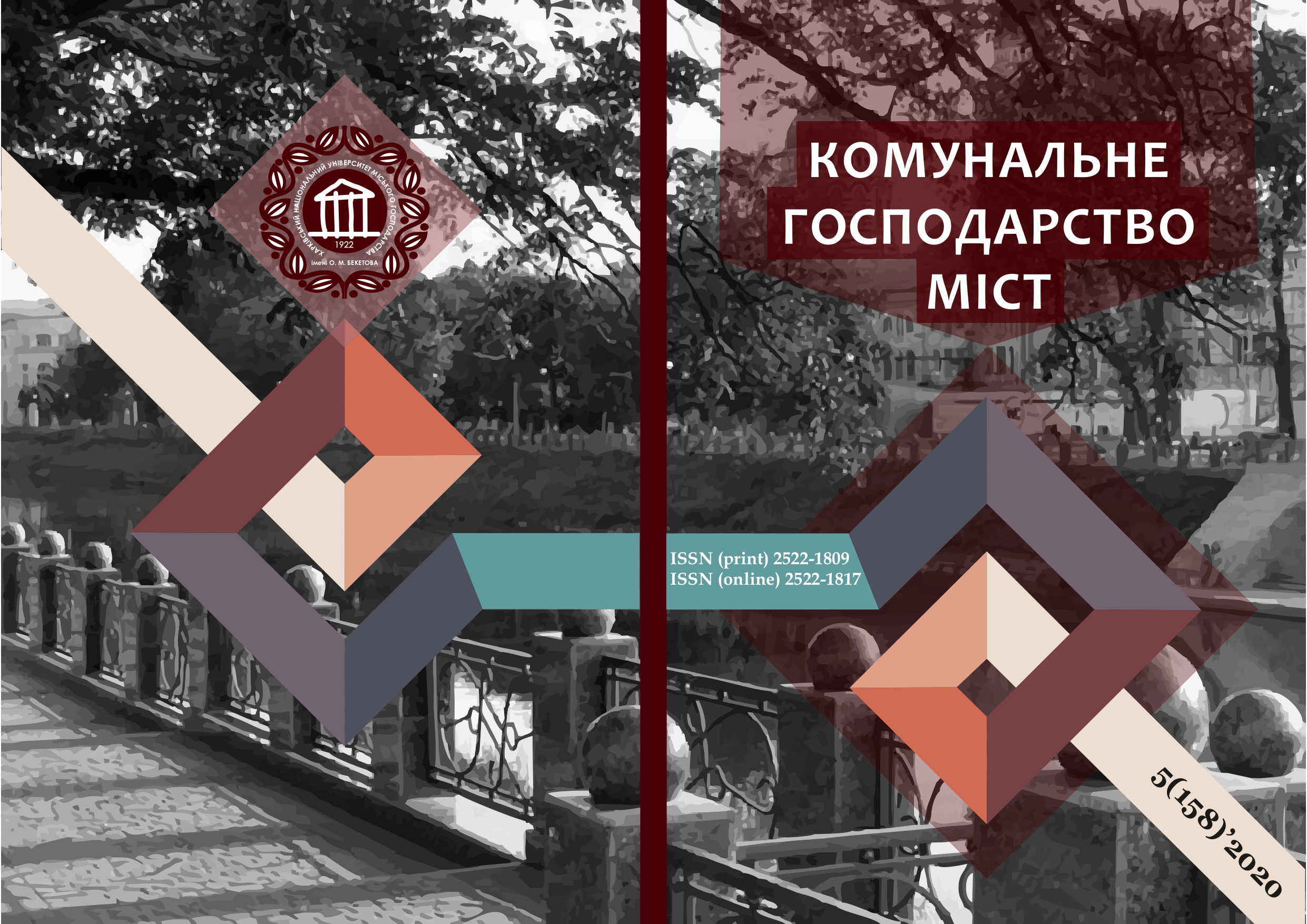INTERNATIONAL EXPERIENCE IN PROVIDING FINANCIAL SUPPORT FOR LOCAL INVESTMENT PROJECTS
Array
Keywords:
decentralization, investment projects, financial modelling, financial risks, energy efficiency.Abstract
The article underlines the prospect of studying international experience in the context of decentralization processes in Ukraine. Local authorities and self-governments solve problems of development of industrial and social infrastructure, expansion and modernization of means of production in the conditions of severe scarcity of financial resources. The purpose of the article is to summarize the European experience of financial support for local investment projects, in particular, energy efficiency of housing and communal services.
The experience of European countries on the financial support of local investment projects is explored. In the Western literature on financial planning, the importance of cash flow analysis is essential. The development of a cash flow model is performed using the following tools of discounted cash flow analysis, net present value (NPV), internal rate of return (IRR). Financial modelling is a key part of all projects. Drawing attention to strategically important calculations is one of the main tasks in the implementation process.
The basic approaches to risk management during the implementation of infrastructure projects are analyzed. Depending on the amount of information available, the risk can be assessed qualitatively or quantitatively. Quantitative risk analysis is performed to calculate risks in terms of cost and impact of time. Qualitative analysis is carried out on risks that have been prioritized for quality risk analysis and have a significant impact on the project. Public-private partnership agreements often do not fully take into account the interests of the financial sector. This limits the ability to attract funds from private investors, including international financial institutions, to local projects.
The types of budget financing of local programs are separately identified in the form of project subsidies, government guarantees and targeted investment tax benefits. The main forms of project finance loan can be an investment bank loan, targeted bond loans, equipment leasing and commercial project loan.
The experience of the Eastern European countries on the financial support of energy efficiency projects for housing and communal services is considered. The centres of energy efficiency centres or networks should become institutes for financial modelling of projects in Ukraine, according to the experience of Eastern European countries. Universities may be the starting points for such centres. Developing alternative models of energy-saving technologies or tariffs can be an information product and an example of creating a competitive environment in the housing and utilities system.
Limited possibilities of the state budget in the context of rising external debt, deterioration of the level and quality of life of citizens, increasing the complexity of business activities require the need for further theoretical alternatives using the experience of other countries, taking into account their own experience and achieving social consensus.
References
2. Gatti, S. (2018). Project Finance in Theory and Practice: Designing, Structuring, and Financing Private and Public Projects. Milano: Academic Press, 612.
3. Yescombe, E.R., Farquharson, E. (2018). Public-Private Partnerships for Infrastructure: Principles of Policy and Finance. 2nd Edition. Oxford: Butterworth-Heinemann, 517 .
4. Lynch, P. (2010). Financial Modelling for Project Finance. London: Euromoney Trading Ltd.,212.
5. Tinsle, R.. (2014). Advanced Project Financing, Structuring Risks. London: Euromoney Institutional Investor, 436.
6. Babaiev, V., Momot, T., Shevchenko, E. (2013). The potential of public-private partnership projects in the metropolitan infrastructure. Municipal economy of cities, 106, 3−10.
7. Diachenko, S. (2014), Expanding financial autonomy of local governments through development of municipal borrowing market. Investment: practice and experience, 19, 110–114.
8. Nehoda, A.(2012). Worldwide experience in project finance development. Bulletin of Taras Shevchenko National University of Kyiv. International relations, 38/39, 58−61.
9. Zhalilо, Ya. (2017). New regional policy for the new Ukraine: Analytical additional. Kyiv: Institute for Social and Economic Research,76.
10. Ovsiannykova, I. (2014). Project bonds in financing public-private partnerships in Ukraine Bulletin of Taras Shevchenko National University of Kyiv. Economics, 164, 45-52.
11. Storonianska, I., & Benovska, L. (2018). Тhe peculiarities of financial equalization of the development of territories in the conditions of budgetary decentralization. Finance of Ukraine, 6, 58–74.
12. World Bank (2001). Decentralization in the transition economies: challenges and the road ahead, Poverty Reduction and Economic Management Unit, Europe and Central Asia.. Washington D.C.: The World Bank, 75.
13. Arzhanyk, Ye. (2013). Public-private partnership: factor analysis in decision-making on the project nancing structure. Scientific opinion. Economy, 4, 223-226.
14. Kuzyk, V. (2014). Get liberalized or freeze. Retrieved from https://ukr.lb.ua/economics/2014/10/29/284064_liberalizuysya_chi_merzni.html.
Downloads
Published
How to Cite
Issue
Section
License
The authors who publish in this collection agree with the following terms:
• The authors reserve the right to authorship of their work and give the magazine the right to first publish this work under the terms of license CC BY-NC-ND 4.0 (with the Designation of Authorship - Non-Commercial - Without Derivatives 4.0 International), which allows others to freely distribute the published work with a mandatory reference to the authors of the original work and the first publication of the work in this magazine.
• Authors have the right to make independent extra-exclusive work agreements in the form in which they were published by this magazine (for example, posting work in an electronic repository of an institution or publishing as part of a monograph), provided that the link to the first publication of the work in this journal is maintained. .
• Journal policy allows and encourages the publication of manuscripts on the Internet (for example, in institutions' repositories or on personal websites), both before the publication of this manuscript and during its editorial work, as it contributes to the emergence of productive scientific discussion and positively affects the efficiency and dynamics of the citation of the published work (see The Effect of Open Access).

